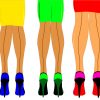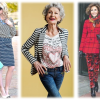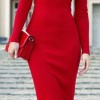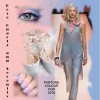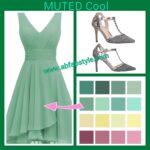Summer 2023 is here, and that means it’s time to update your wardrobe with the latest fashion trends. Or is it? Just because something is on trend doesn’t mean it should be mindlessly adopted by us all. Before adding the latest ‘in’ thing to your wardrobe, there’s a few factors to consider if your goal […]



